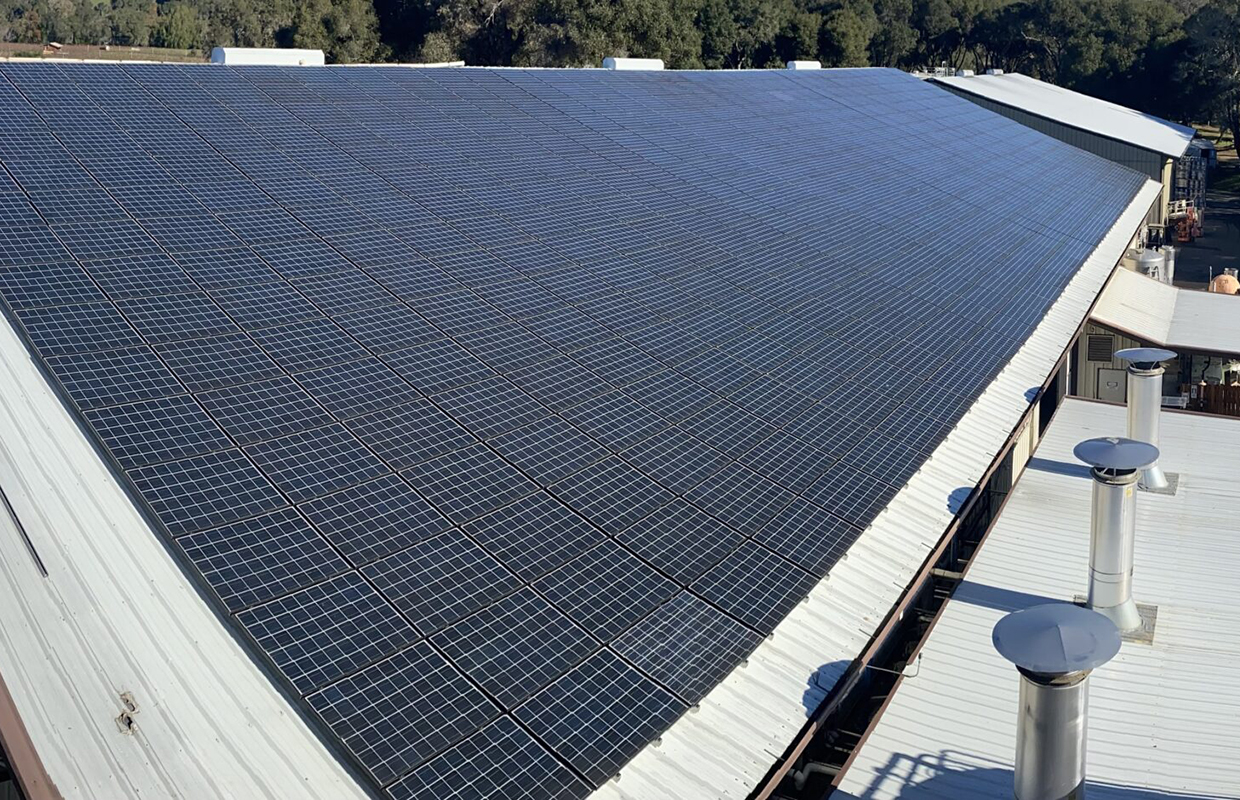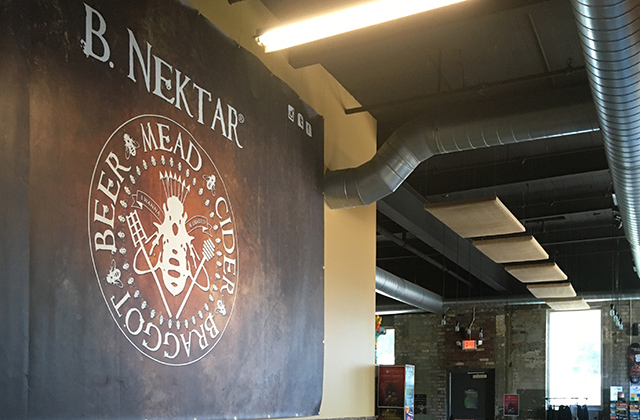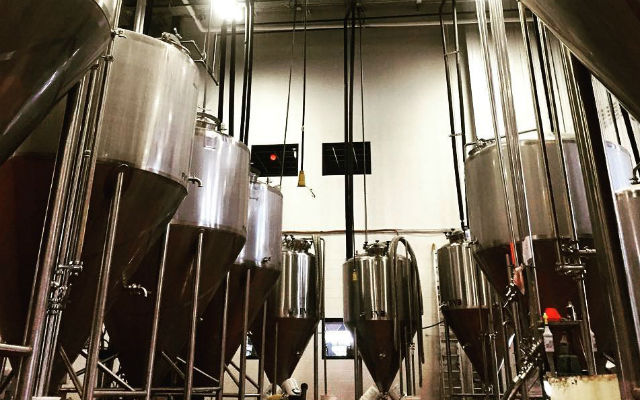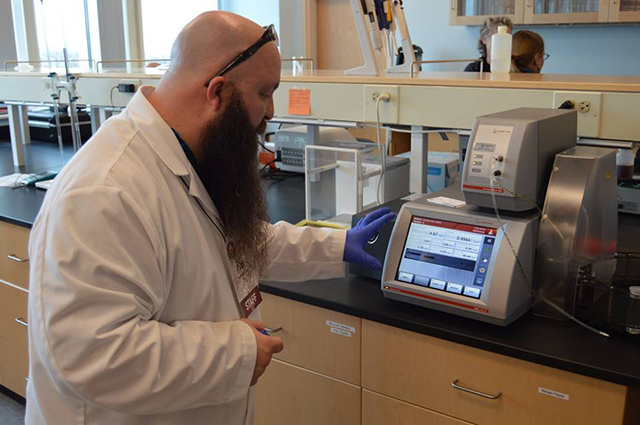
Anderson Valley Brewing became the world’s first solar-powered brewery in 2005 and CEO Kevin McGee said that experience helped the California-based company focus on the scope of what they were trying to accomplish.
“We started with the priority being energy independence, fossil-fuel-free power backup, and redundancy capabilities,” he explained. “Then we worked through the practicalities and economics from there.”
Initially the main challenge in developing the solar expansion project was figuring out where to start and who to talk to.
“A portion of AVBC’s solar power system was installed before we purchased the brewery,” McGee explained. “This was a big thing for our family when we were looking to purchase AVBC. We knew we wanted a socially conscious and sustainable business — to be able to build off of the footprint that had already been laid is a special opportunity.”
In the past two years McGee said they have made a commitment to expand the solar array to generate more than 100% of the brewery’s power needs and to implement a “micro-grid” system.
READ MORE: How Anderson Valley Has Created Zero-Impact Water Usage
“This allows us to eliminate all non-renewable energy sources, and makes us totally energy independent with a solar and battery powered back-up system,” he said. “A huge bonus is this also enables us to contribute renewable power back to our community.”
Being a long-term operator of a solar array doesn’t qualify Anderson Valley to design and model a modern system but McGee said they didn’t have to.
“There are a number of good resources available to help that we were able access that basically did it for us,” he said. “We eventually connected with Veckta and they helped us design and publish a RFP that was circulated to leading solar power developers and resulted in us comparing and evaluating five separate proposals, complete with technical information and financial and economic calculations and models.”
There are a number of ways to finance these projects and McGee said developers are all very skilled at building out financial proformas on a proposed project.
“The tax and clean energy incentives out there make these systems far more affordable and financeable than most people would think,” he said, adding that AVBC is choosing to take its current energy utility cost and structuring lease financing that allows the brewery to basically freeze utility costs and also to contribute those funds to eventual ownership of the solar array and equipment.
“The end result being that we can become energy independent and resilient with 100% renewable energy that we generate on our property while capping our utility costs and eventually owning the system itself — all for the same amount of cash that we’re just paying out to PG&E today,” MsGee said. “That’s a pretty awesome outcome on a lot of levels.”




Be the first to comment